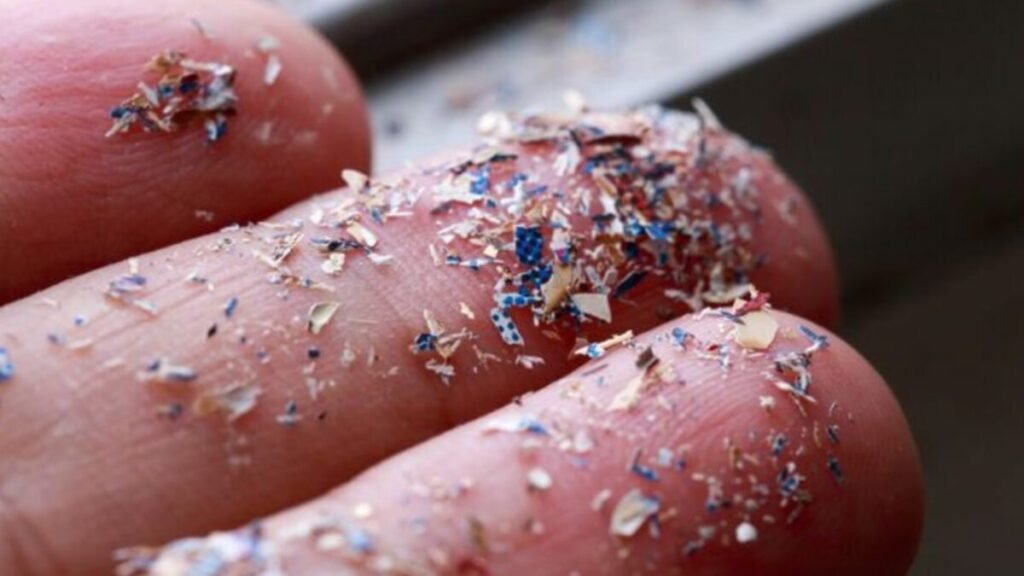Microplastics and Bones: the new scientific alert on fractures and osteoporosis

Microplastics, ubiquitous in food, water, and air, not only contaminate the environment: they now also target our bones. A Brazilian study warns that these tiny particles can accelerate bone tissue reabsorption, reduce the viability of bone marrow stem cells, and increase the risk of osteoporosis and fractures. A finding that adds a new dimension to the plastic crisis and forces us to rethink health from cellular biology.
### The link between microplastics and bone health
The team led by Rodrigo Bueno de Oliveira, from the State University of Campinas (Brazil), reviewed 62 studies on microplastics and their effects on bone health in animal models. The conclusion is unsettling: these particles stimulate the activity of osteoclasts, cells responsible for bone degradation. The problem arises when this process exceeds the body’s regenerative capacity, weakening bone structure and increasing vulnerability to fractures.

### Cellular impact: beyond bone
Microplastics directly affect bone marrow stem cells, essential for tissue repair. Researchers found that they reduce their viability, induce premature aging, and trigger inflammation. In animal models, the accumulation of microplastics also reduced white blood cells and accelerated osteoporosis, even interrupting skeletal growth in young specimens.

### An invisible problem in daily life
Plastic particles—from nanoplastics (<1 μm) to fragments up to 5 mm—shed from packaging, clothing, tires, and everyday products. They are found in processed foods, bottled water, and enclosed environments. An adult inhales around 68,000 particles per day, and a child inhales close to 47,000.
### Consequences and pending challenges
Although it is necessary to determine how these cellular changes alter the mechanical properties of bone, evidence points to a real risk of osteoporosis, dysplasias, and pathological fractures. Oliveira himself warns: "The impact of microplastics on bones should not be underestimated." The study calls for more research and, simultaneously, urgent policies to reduce and control plastics in everyday life.
### Beyond pollution
The finding connects two crises: environmental and health. Microplastics are no longer just a pollution concern but a silent factor that could weaken the structural basis of the human body: the bones. Science issues a warning, now it is up to society and governments to design strategies to curb damage that is advancing at the cellular level.






